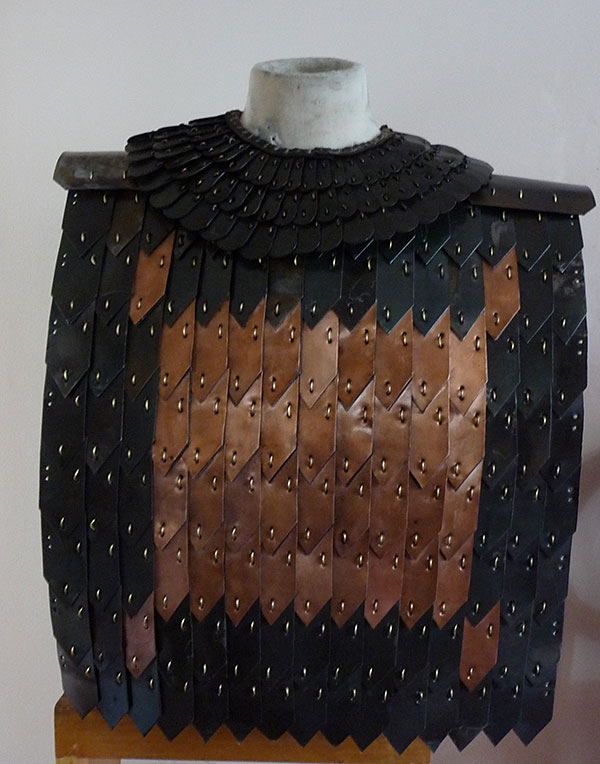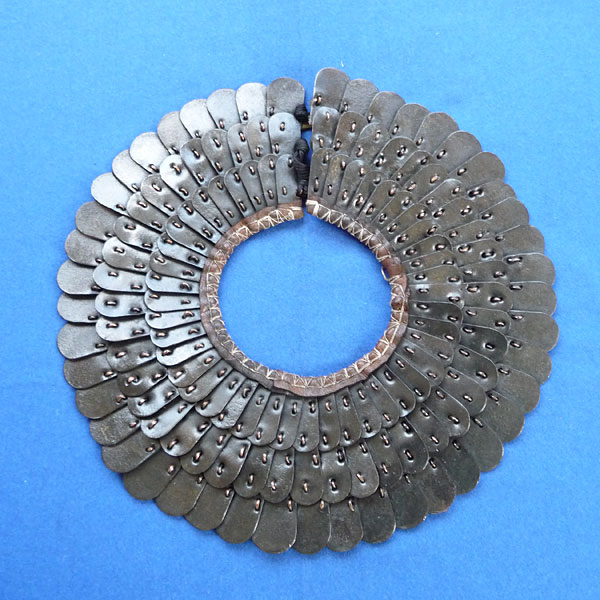The reproduction of ancient artefacts
The research I have undertaken has usually involved making copies of ancient artefacts, usually with two objectives; first to discover how it was made, and second how it works in action.
If a copy of an ancient artefact is made solely for display how it is made is immaterial. If on the other hand, it is being made for testing I have always adhered to the following set of criteria:
- It must be made using a material that is as close to the original as possible.
- It must be made using only the tools and equipment known to have existed at the time that the original was made.
- It must be made in the minimum time possible.
- There must be the minimum wastage of material
When high prestige items such as jewellery are being made the last two are not as critical.
It is obvious we can never be absolutely sure that the way we make an item is the way it was made in antiquity; but given that the basic skills of metal working have not changed since antiquity we can often narrow it down to a very small number of possibilities. Some times these possibilities can be reduced to only one.
Here are some of the reproductions made for testing. It is very hard to spend hours making a piece of armour or a weapon only then to destroy it but that is the price that has to be paid for the evidence one is seeking.
[More images to follow.]




